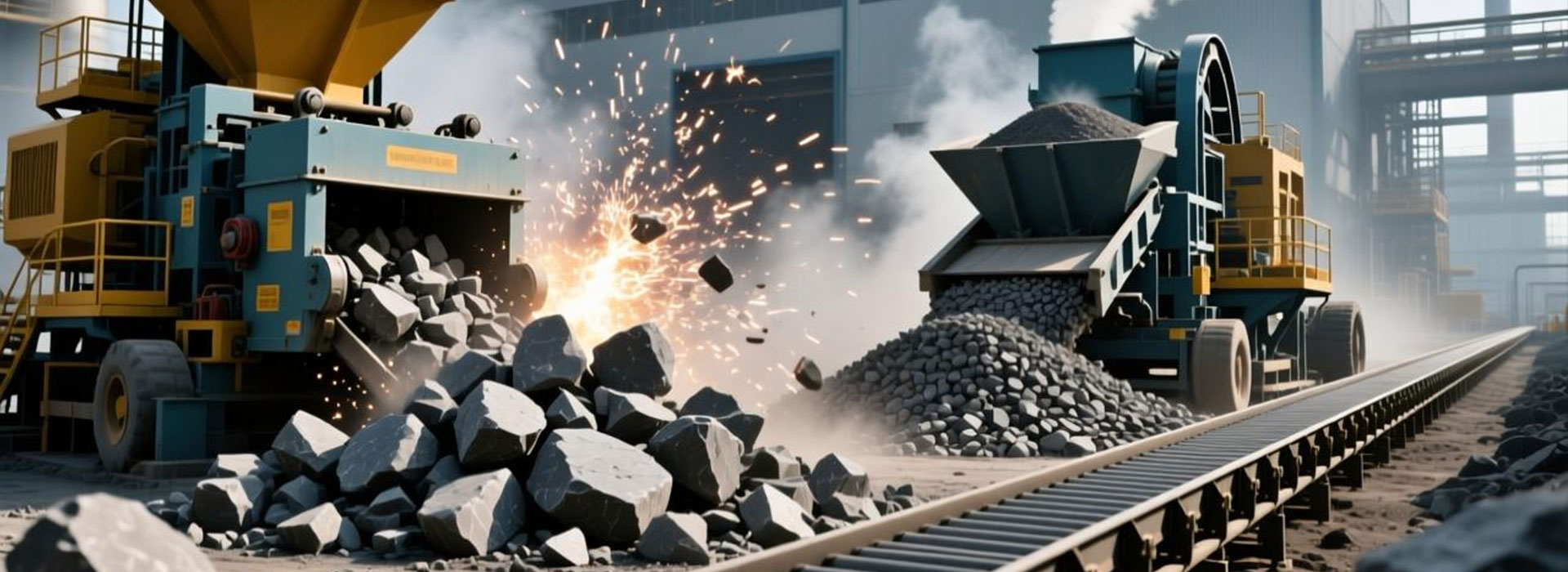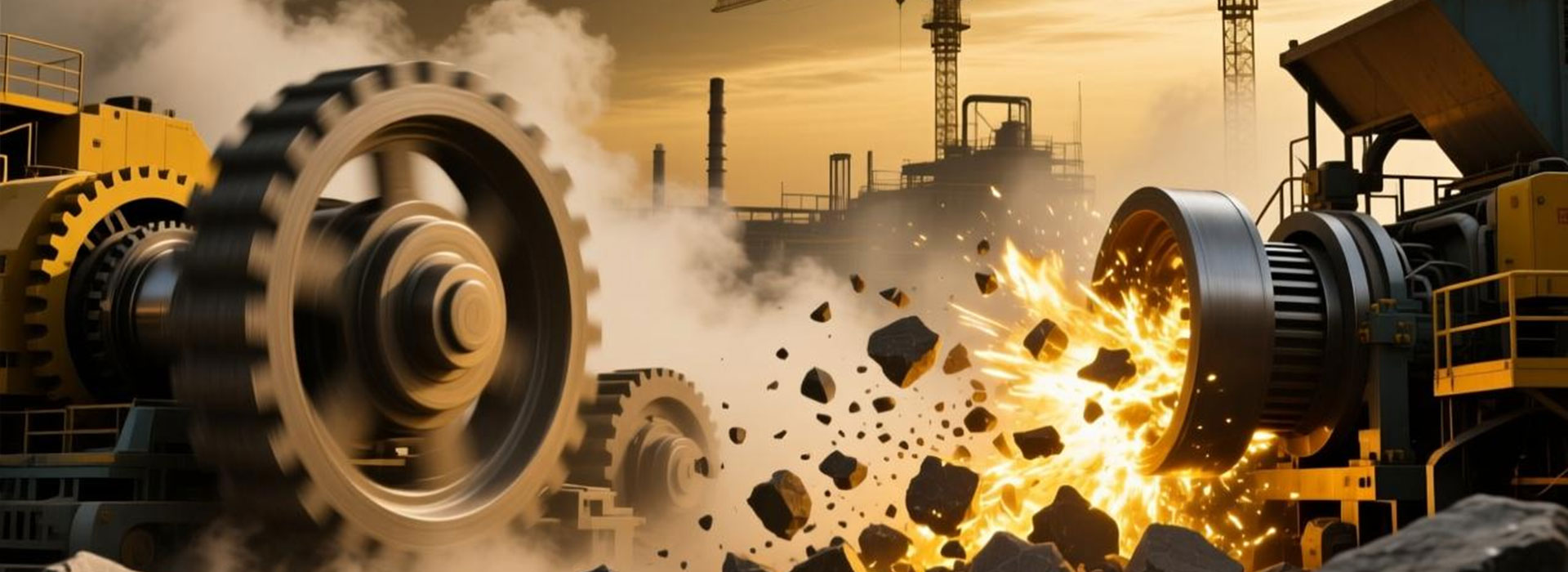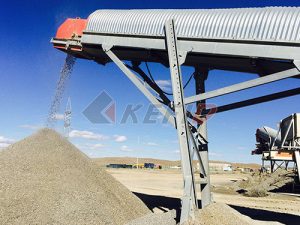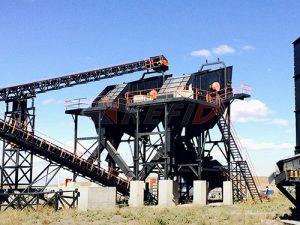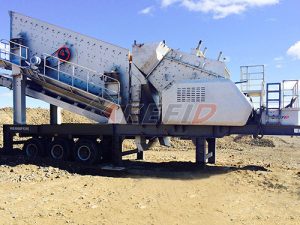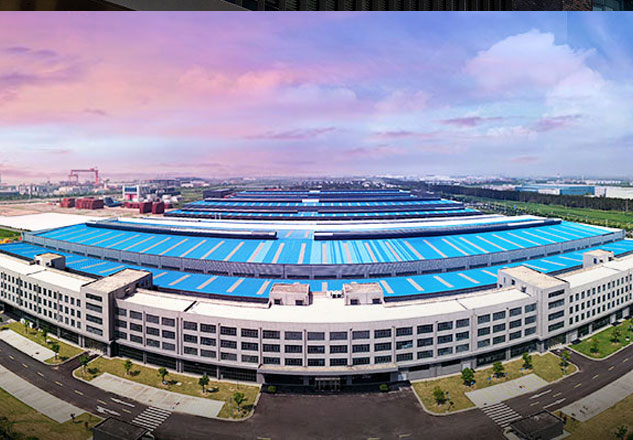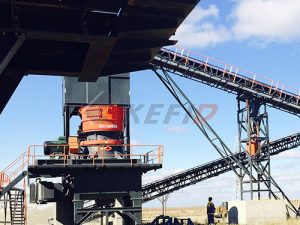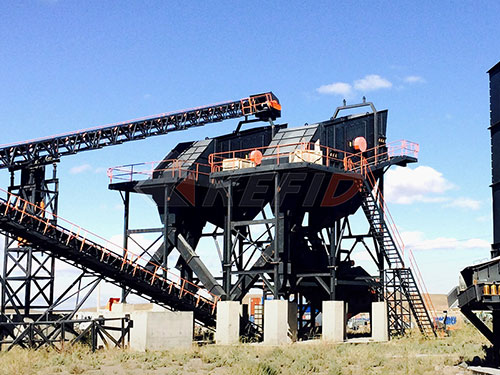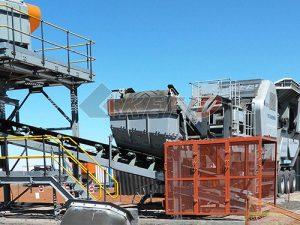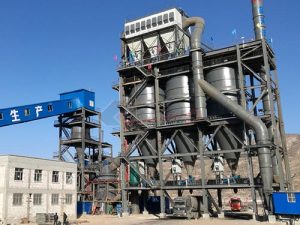HOT RECOMMENDED
We strive to be the highest quality manufacturer

HOT RECOMMENDED
KEFID COMPANY
KEFID Company specializes in manufacturing high-quality stone crushers for mining, construction, and aggregate industries worldwide. They employ around 12,000 people on four continents and sell their products in 150 countries through 2,000 dealer depot locations.
-
Schematic Diagram Of A 400 Ton Per Hour Rock Crushing Plant
-
Quarry Sites In Lagos Distributor Certificate
-
5 Hp Aluminum Can Crushers
-
Iron ore crushing production line
-
Sand Crusher
-
Dry Magnetic Separator
-
Bespoke Ball Mill Private Label Manufacturer
-
Crusher Machineary Manf.In Maharashtra
-
Quarry Ballast Crushing Equipment Dealer Quality Control

